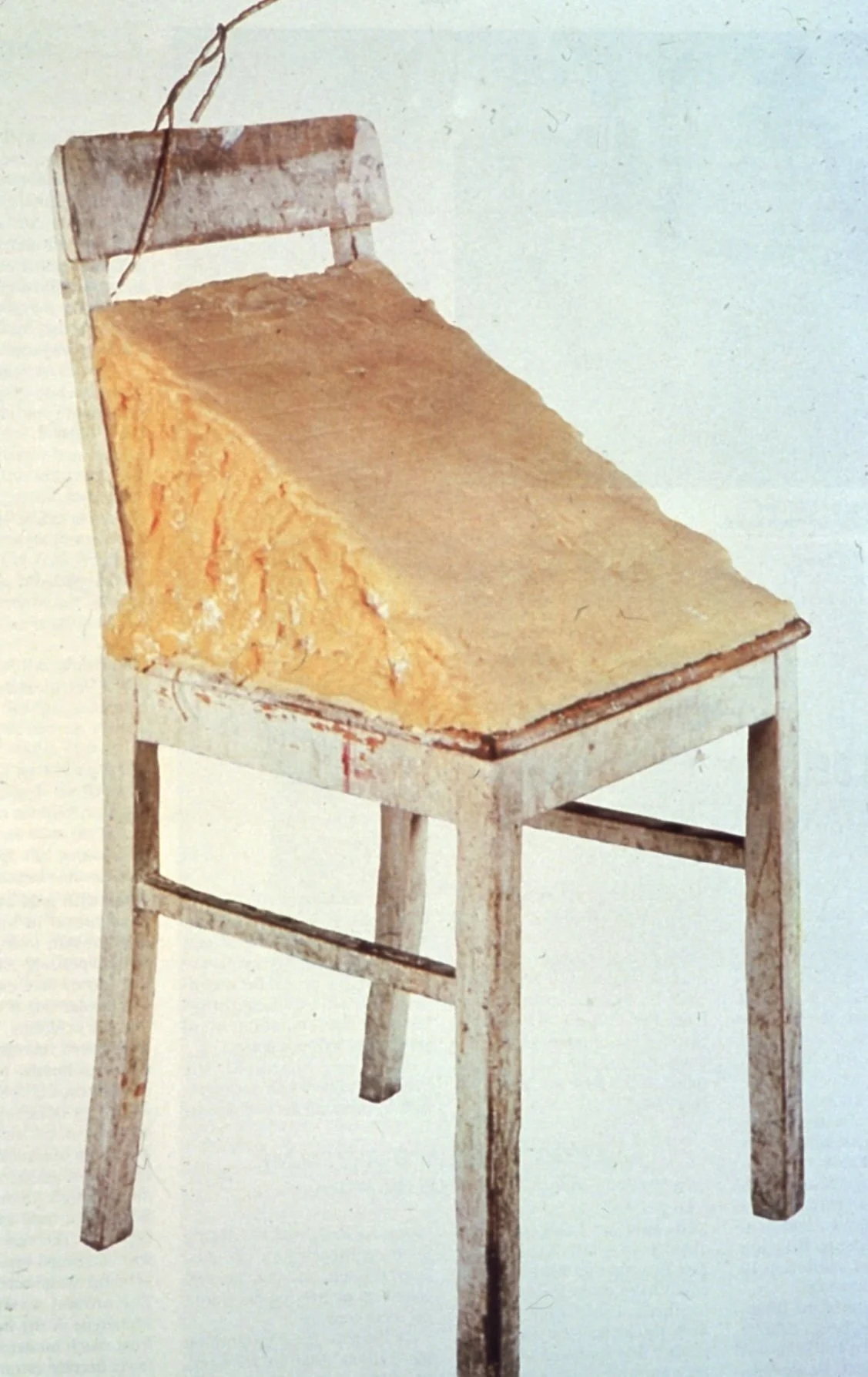Ikigai
The German artist Joseph Beuys referred to his art as a 'warmth ferry' and repeatedly made use of the vehicle as a symbolic object for the creative flow of thought, the sled, (see image below) a Volkswagon or a bicycle feature often in his work to make the thought of movement visible. As a facilitator of flow and a transformative force, he saw art as a vehicle for facilitating life change. In his Fat Chair work (see image below), he visualizes the feeling of being stuck or in solid state. Waiting is often symbolized by the chair. The interaction between the viewer and the art, according to Beuys, gives the viewer warmth, melting the fat on the chair, enabling it to flow again. Beuys placed a high value on human intuition and imagination. A free life for Beuys meant creative thought and action, as well as social conduct and neighborly love - all of which were paramount goals for his expanded conception of art. In Beuys' view, everyone is an artist who must decide things for himself or herself.
This reminds me of what Mihaly Csikszentmihalyi writes about in his masterly work ‘flow’. In his view, entropy is the normal state we humans find ourselves in - and it is neither pleasant nor useful. As Beuys describes it, this state of entropy is solid like fat on a chair. Using art as his hope principle, Beuys believed that people could feel better from an estranged state by moving from a solid cold state (solid fat) to a fluid, transformed state where hope can be introduced.
In life, there seems to be a recurring pattern of stuck solid states. Our lives are filled with places of repetition where we must find a creative process of whatever nature to find flow, or Ikigai, as the Japanese call it.
Flow should be viewed as an exerciseable muscle, Mihaly writes, He says you will be able to find flow more easily if you practice.

